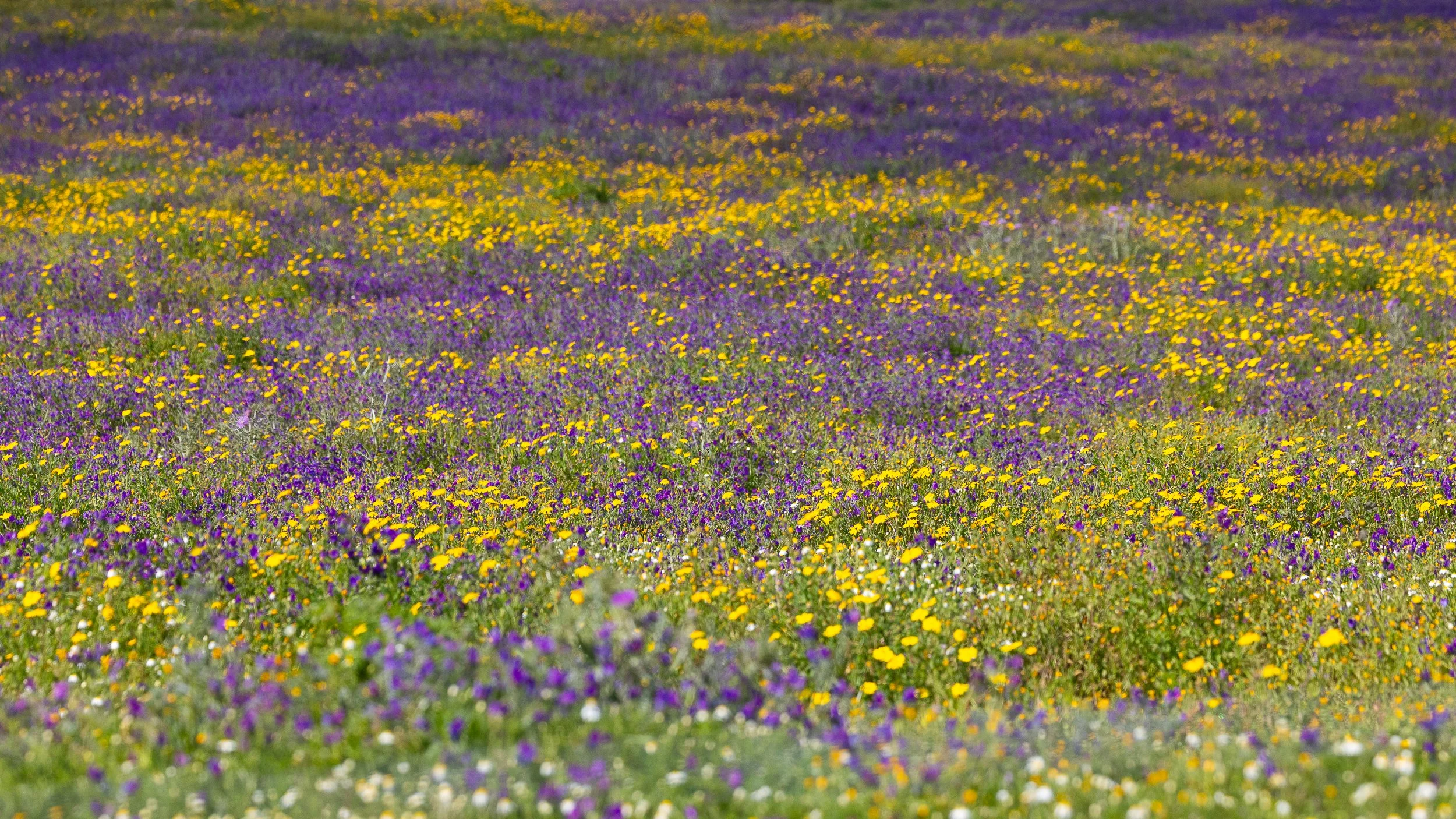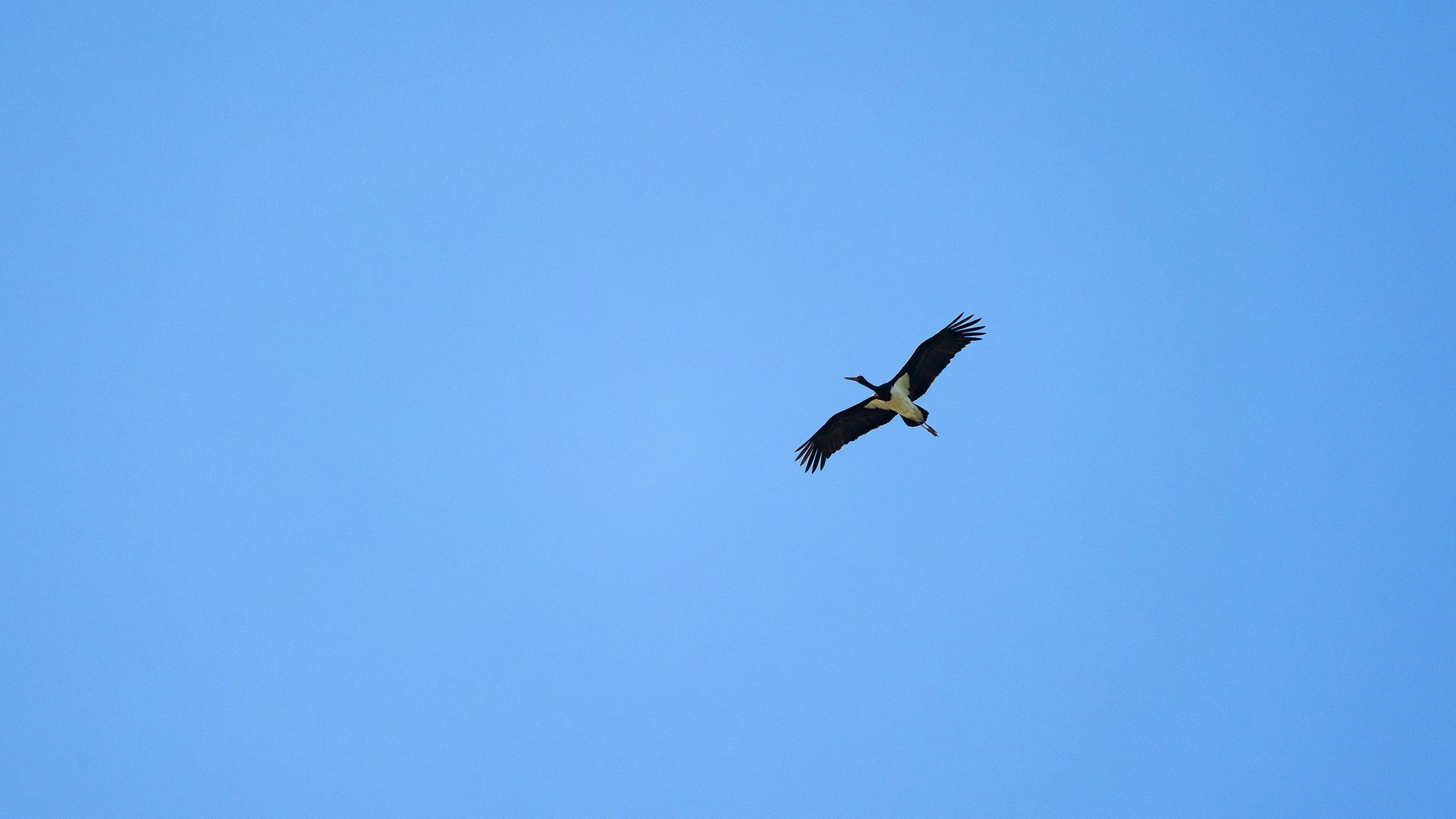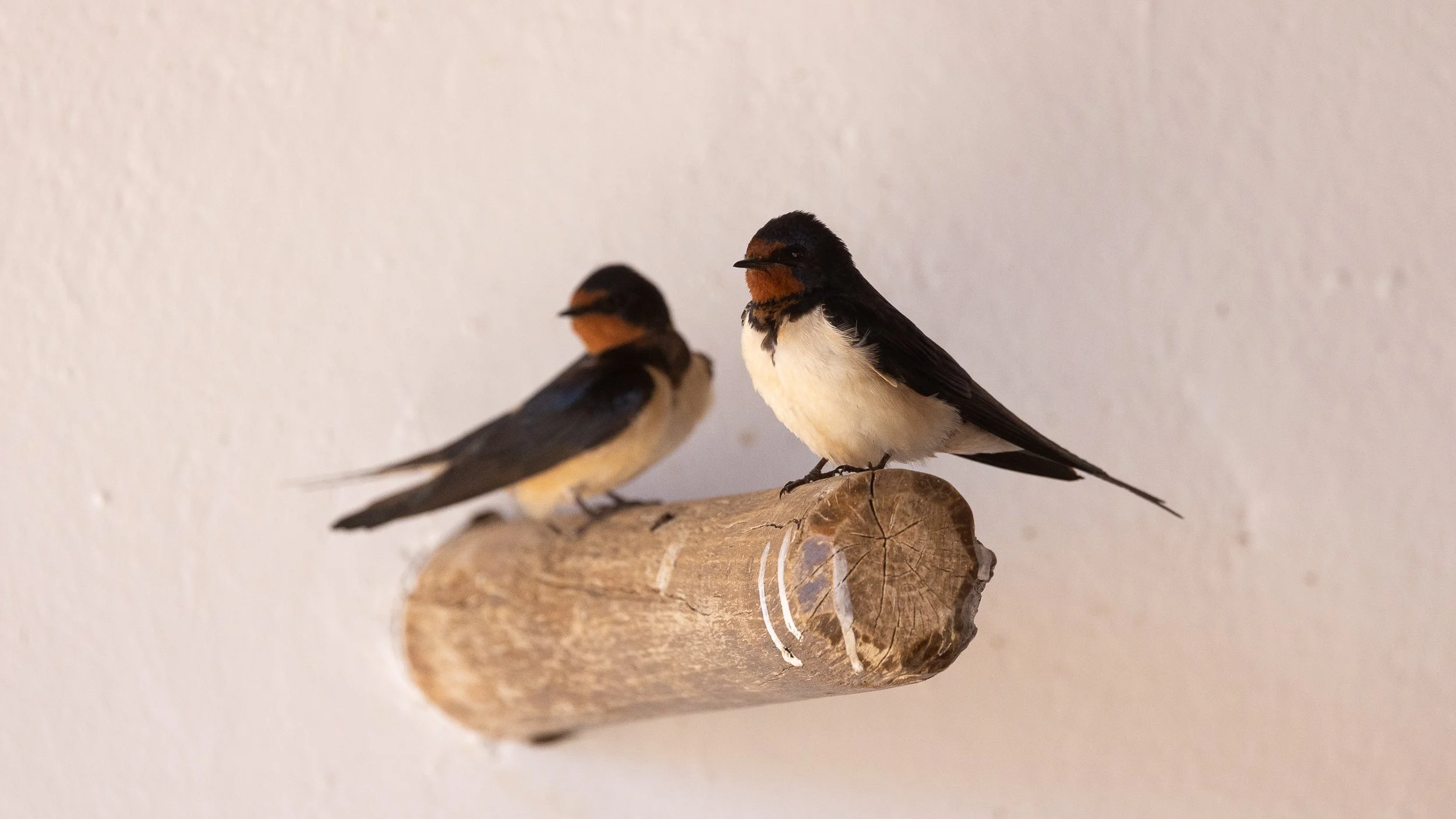Private Birding Tour in Alentejo with Antoine and Bénédicte / March 2025
I meet our guests Antoine and Bénédicte at Lisbon airport for the start of their private birdwatching trip to Alentejo in southern Portugal. Their itinerary was tailor-made to suit their needs. They had time and wanted an extended version of our classic 3-day Alentejo itinerary. We plan to first discover the Tagus Estuary, then explore the Baixo Alentejo, specifically the regions of Castro Verde, Mértola, and Barrancos. All over 6 days. This isn't their first trip to Portugal, but it is the first time they've come specifically to birdwatch, and I'm looking forward to sharing the country's rich birdlife with them.
The Tagus Estuary
We arrive at the Tagus Estuary and drive slowly along the dirt road to observe the birds in the flooded fields and in the air. Alpine Swifts, Glossy Ibises by the hundreds, Little Egrets, Zitting Cisticolas, etc.. The day is off to a good start.
We arrive at the EVOA center where we take time for lunch, then head to the center's various observation areas. Black-winged Stilts, Purple Swamphens, Western Marsh Harrier, Northern Shovelers... there is a wonderful diversity of birds to observe.
Then suddenly, we are intrigued by two small ducks emerging from the reeds to cross in front of us. Through binoculars, we realize they are two Marbled Teals! Barely larger than the Green-winged Teal, the Marbled Teal has brownish-gray plumage. A rare bird unfortunately in decline. This is the first time I've observed this species at this site. It turns out these birds are part of a dedicated scientific program aimed at expanding the species' current range in order to sustain its population in the southern Iberian Peninsula. A superb observation for our guests!
We ended our trip to the Tagus Estuary having observed around fifty species of birds. A wonderful discovery for our guests, in ideal birdwatching conditions.
Castro Verde
Indeed, the advantage of birdwatching in Portugal in March is that the conditions are superb. While not all the migrants are here yet, the weather is often delightful, as it's sunny but not too hot. Also, the fields are blooming with millions of wildflowers, and everything is green.
We arrive at our accommodation near Castro Verde, an extraordinary and very comfortable place. It is a farm whose owners have a keen interest in birds and nature in general. Simply by observing from the terrace and walking in the immediate vicinity of the rooms, it is possible to observe the Little Owl, the Spotless Starling, the Spanish Sparrow, or even see Black-bellied Sandgrouse and Great Bustard flying by. There is even a pair of White Storks nesting right in front!
This place is simply a dream for any nature lover. And even more so at this time of year. We stayed in the area for two days, which gave us time to explore several excellent birdwatching spots in Castro Verde.
Apart from the Little Bustard which did not show up and the European Roller which we could not see because the first arrived from Africa just 2 days after our visit, we were lucky enough to observe all the other sought after birds species of Castro Verde: Great Bustard, Little Owl, Eurasian Thick-knee, Lesser Kestrel, Montagu's Harrier, European Bee-eater... and even the Barn Owl, the Eurasian Spoonbill and the Eurasian Hoopoe.
Our guests cannot believe the diversity of sightings. But the highlight for them will undoubtedly be observing a pair of Long-eared Owls with a young of the year. An unforgettable moment!
Staying in the car, on the side of the road, and quietly, we were able to spend a few memorable minutes with these extraordinary birds, without disturbing them.
Mértola
Heading to Mértola, we'll spend a little over a day discovering the region's birds, as well as the town of Mértola itself, to satisfy our guests' curiosity. Iberian Magpies, Blue Rock-Thrushes, and Red-rumped Swallows are among the species observed. The Mértola region is almost a must-see if you want to discover the birds of southern Portugal. It's a perfectly complementary area with the Castro Verde steppes.
Barrrancos
We end this private birdwatching trip to Portugal in the little-known region of Barrancos, located on the border with Spain. An absolutely splendid part of the country.
Here too, we have a lot of great sightings, such as the Eurasian Griffon, the Cinereous Vulture, and even the Spanish Eagle, but the species that will have most impressed our guests is the sublime Black Stork. We made a magnificent observation of 3 individuals in flight, circling just above us for several minutes.
At our accommodation, there are several Barn Swallow nests, which allows you to observe them in the best possible conditions.
After so many highlights, it's time to return to Lisbon and conclude our birding trip in Alentejo. A trip where we were able to observe 111 species of birds in magnificent landscapes. All complemented by delicious meals in traditional local restaurants. Pure bliss.
If you too would like to observe the birds of the Alentejo, don't hesitate to contact us.
Salva Fauna
















